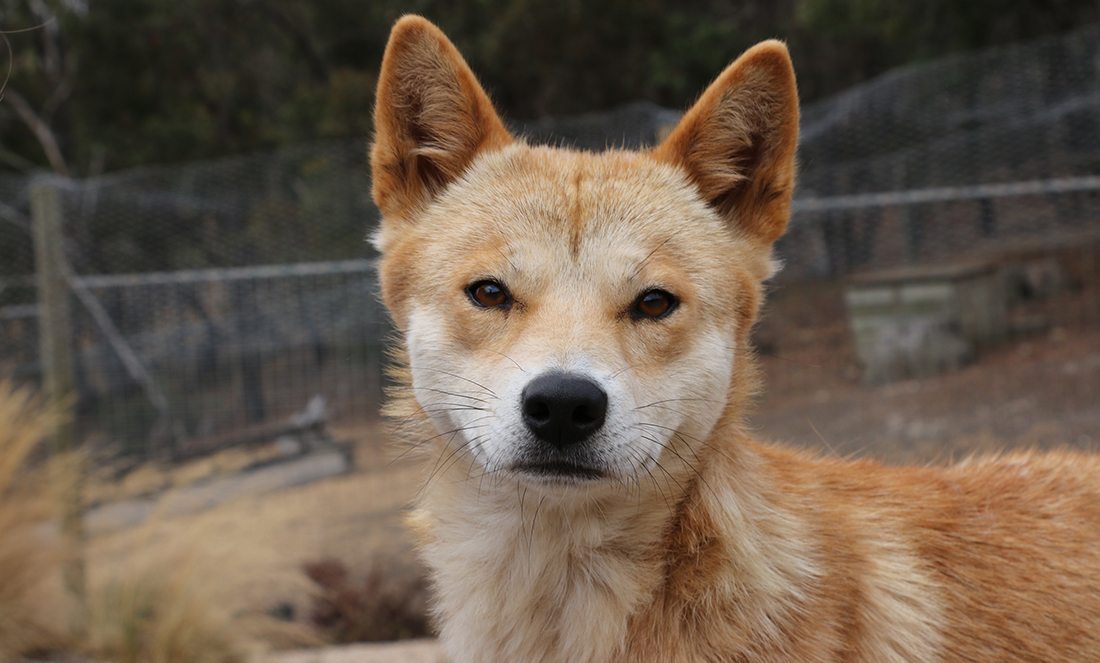Have you ever wondered why dogs often make eye contact with people?
A new study suggests dingoes may help understand how this behaviour evolved.
Unlike wolves, dogs have a long history of interaction with humans, spanning more than 10,000 years. During this time, dogs have established solid bonds with humans, including long lasting eye-to-eye contact.
But it turns out dingoes are not quite like dogs (or wolves) when it comes to staring at our eyes.
The new study, led by Angie Johnston at Yale University in the USA, found that dingoes establish eye contact with humans for less than 3 seconds. Dogs, in contrast, averaged about 40 seconds, whereas wolves rarely established any eye contact with humans at all.
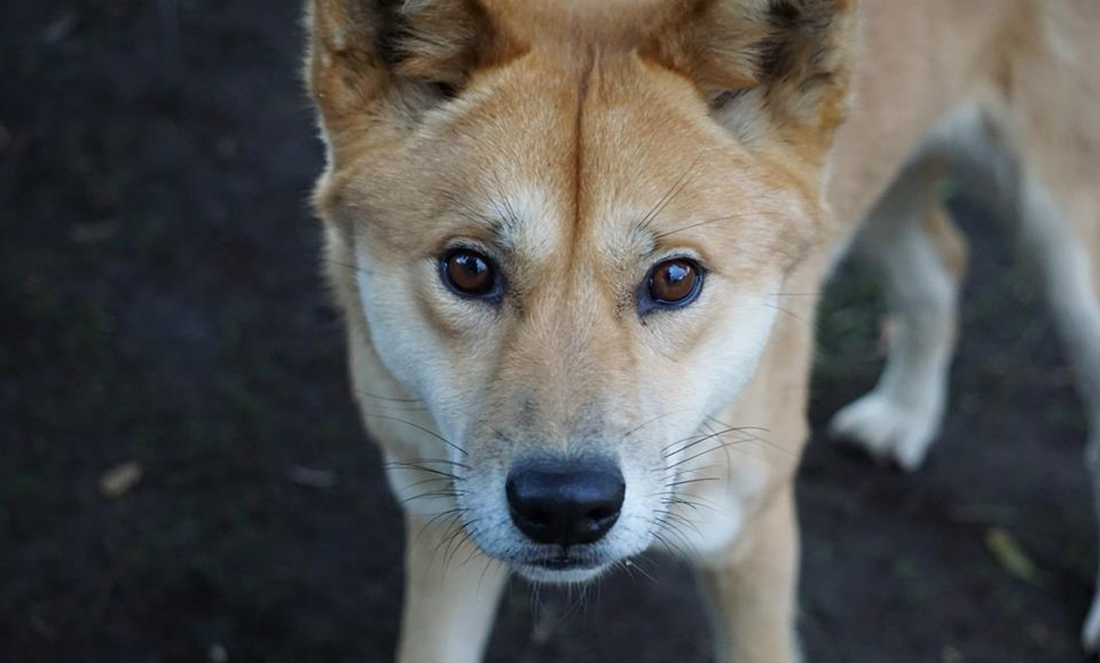
The secret is in the eyes
A signature behaviour of the domestication process of dogs is the eye contact they establish with humans. Dogs get all sorts of information from looking into our eyes.
For example, dogs are able to use the direction of a human’s gaze to determine the location of a treat or can use it to ask for help in solving a difficult task.
Eye contact between dogs and humans even leads to oxytocin release in both humans and dogs. And, in case you are wondering, yes, oxytocin is a hormone that previous research has involved in social bonding.
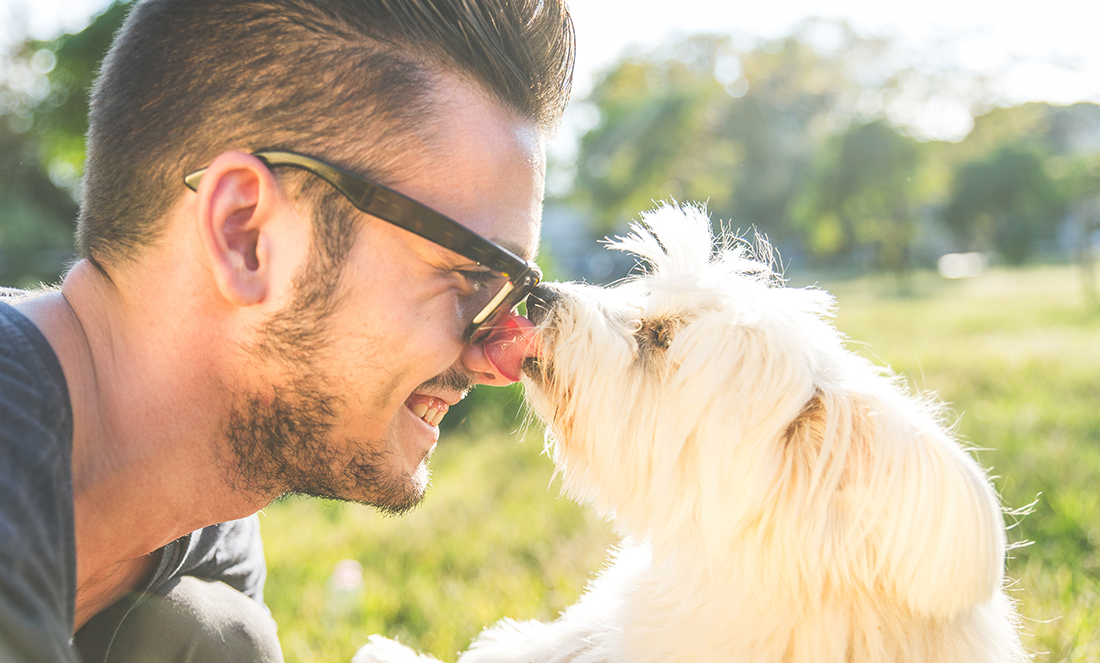
But dingoes are not your usual dog. In fact, they are a whole other species: Canis dingo.
Dingoes separated from the dog lineage around 5000 to 10,000 years ago, about the same amount of time they have been here in Australia, according to research.
This makes dingoes a great study model. “Dingoes give us a glimpse at what dogs might have been like at the earliest stages of domestication,” says Angie.
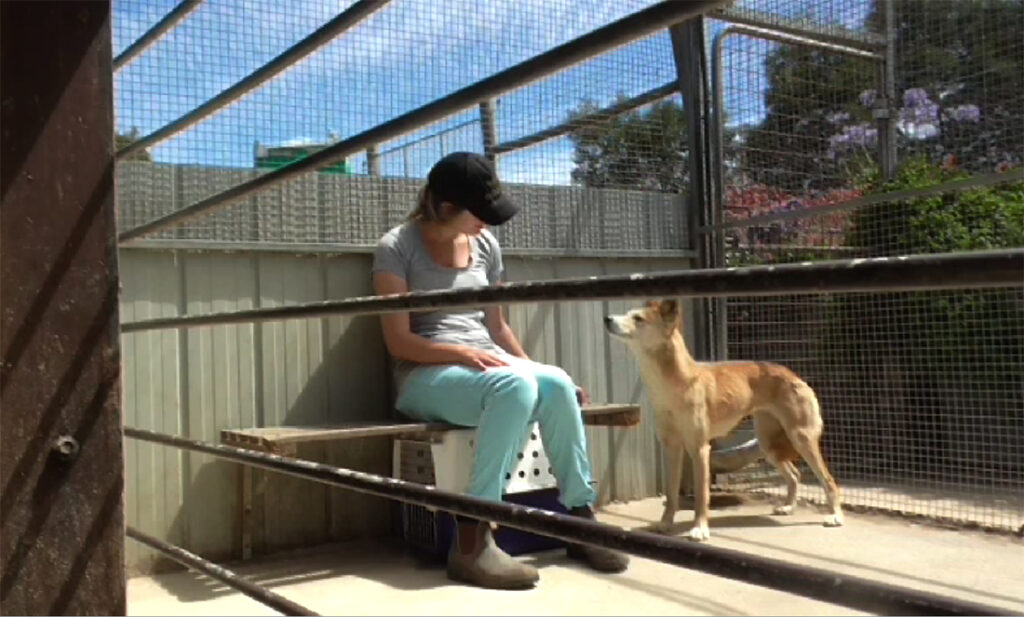
“Dingoes give us a glimpse at what dogs might have been like at the earliest stages of domestication.”
A two-step process to trust
As dingoes split off from domesticated dogs so long ago, they can be considered a good example of a species in the early stages of domestication.
And based on this new study, it is possible that human-dog eye contact evolved in a two-step process, explains Angie.
“Dogs seem to have become motivated to make eye contact with us in the earliest stages of our interspecies relationship,” she says.
“The thing that seems to have evolved more recently is their desire to gaze into our eyes for an extended period of time,” she adds.
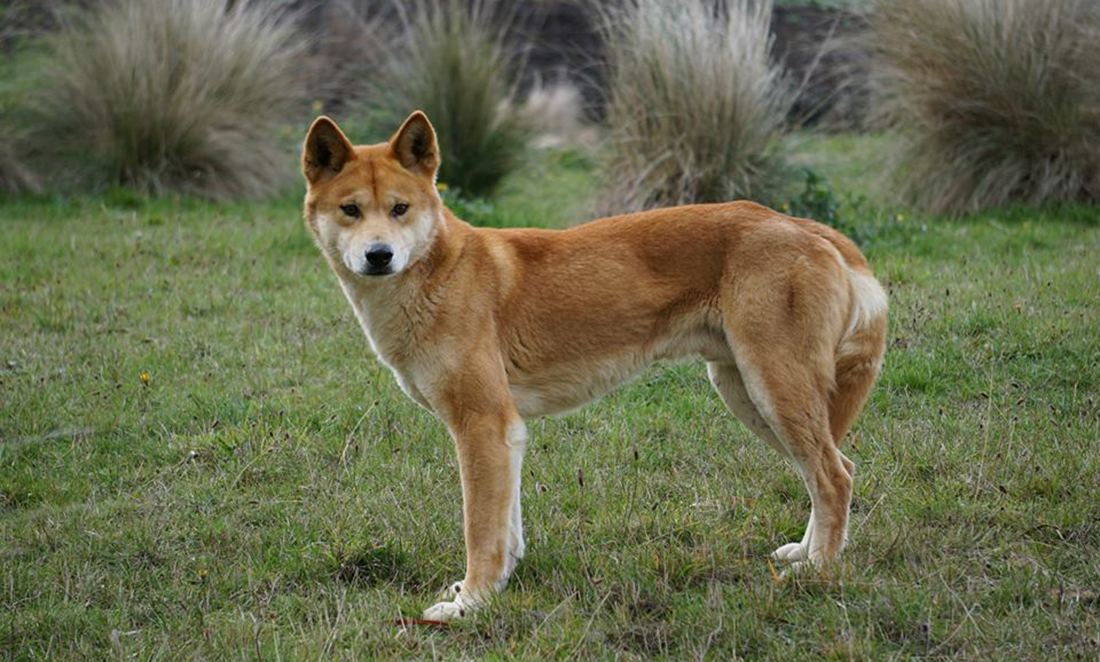
An alternative explanation is that the ancestors of dingoes had already evolved long eye contact with humans, but maybe this trait was lost in the dingo lineage.
“Given that dingoes have lived in the wild for at least 5000 years, it’s possible that some of the traits their ancestors picked up for interacting with humans were lost,” says Angie.



